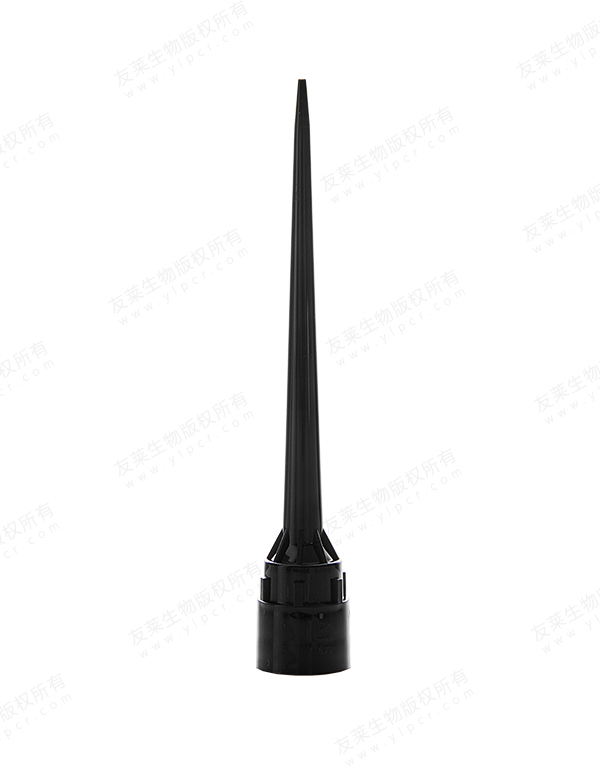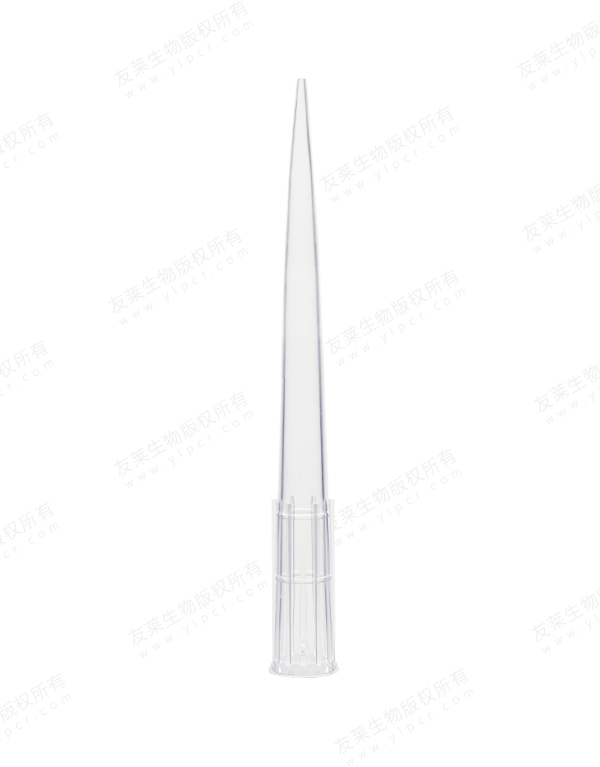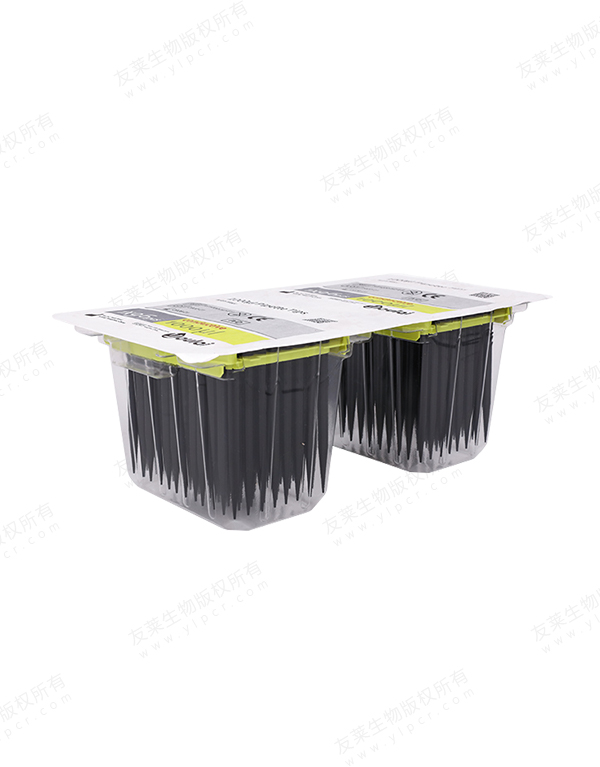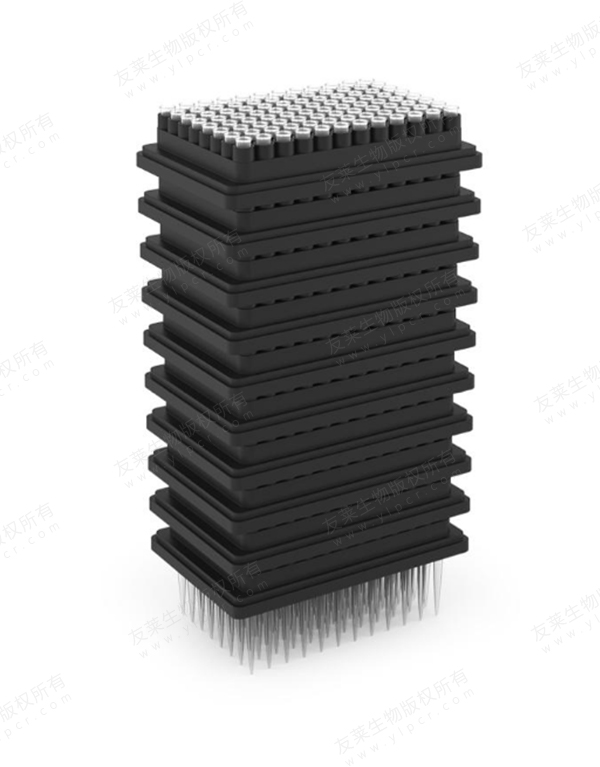Cryovial tubes are designed to withstand extreme temperature ranges, especially in the context of cryogenic storage and transportation. The temperature ranges that cryovial tubes can typically endure depend on the materials used in their construction and the specific applications for which they are intended. Here are general temperature ranges associated with cryovial tubes:
Cryogenic Storage:
Temperature Range: Cryovial tubes are designed for storage in cryogenic conditions, which typically involve temperatures below -150°C (-238°F) and can reach as low as -196°C (-321°F).
Common Storage Medium: Liquid nitrogen is commonly used as a cryogenic storage medium, and cryovial tubes must withstand the extremely low temperatures associated with it.
Ultra-Low Temperature Storage:
Temperature Range: Cryovial tubes can often tolerate ultra-low temperatures ranging from -80°C (-112°F) to -196°C (-321°F).
Applications: These temperature ranges are suitable for long-term storage of biological samples, including cells, tissues, and genetic material.
Transportation Conditions:
Temperature Fluctuations: Cryovial tubes should be able to withstand temperature fluctuations during transportation. This includes exposure to ambient temperatures, as well as potential brief exposure to higher temperatures during handling.
Insulation and Packaging: Proper insulation and packaging are crucial for protecting cryovial tubes during transportation and ensuring that they maintain their integrity.
Autoclaving and Sterilization:
Temperature Range: Cryovial tubes may need to undergo autoclaving for sterilization, which involves exposure to temperatures around 121°C (250°F).
Material Resistance: The materials used in cryovial tubes should be resistant to the heat associated with autoclaving while maintaining their structural integrity.
It's important to note that the temperature resistance of cryovial tubes is influenced by the materials used in their construction. Common materials include polypropylene and other polymers known for their cryogenic and temperature-resistant properties. Additionally, the sealing mechanisms, caps, and closures must also be designed to maintain their integrity under extreme temperature conditions.
Researchers, laboratories, and biorepositories should carefully consider the specific temperature requirements of their applications and select cryovial tubes that meet the necessary criteria for cryogenic storage, transportation, and other relevant conditions. Regular testing and quality control measures are essential to ensure that cryovial tubes maintain their functionality and integrity in diverse temperature environments.

 English
English русский
русский 中文简体
中文简体




